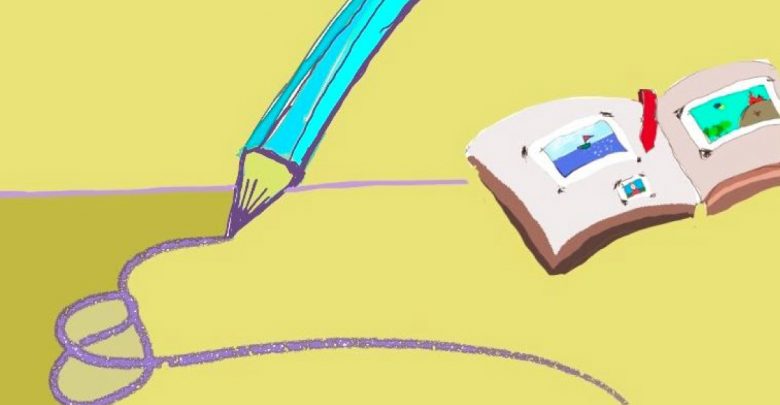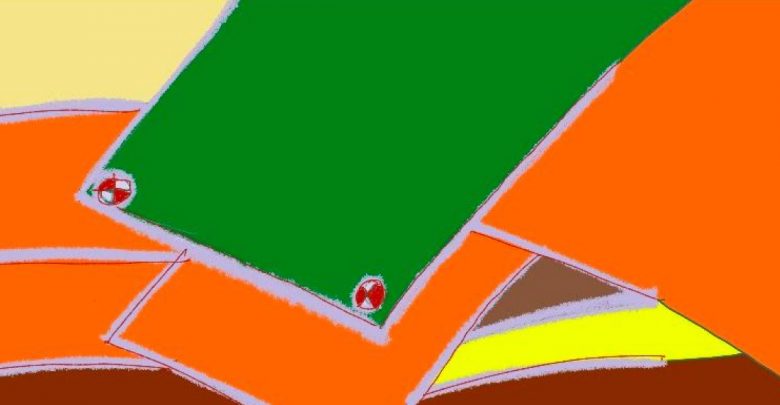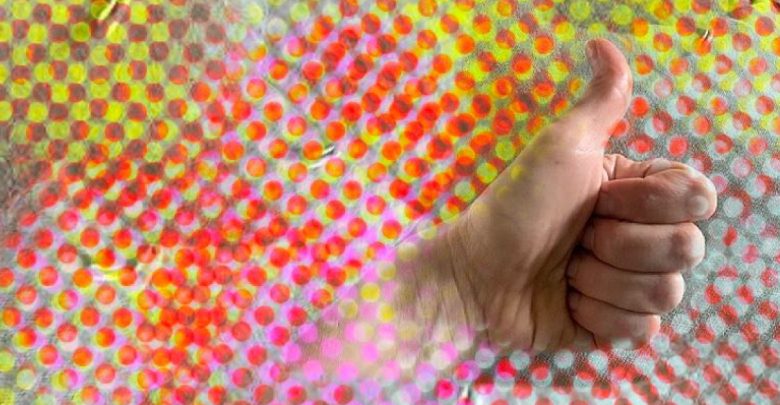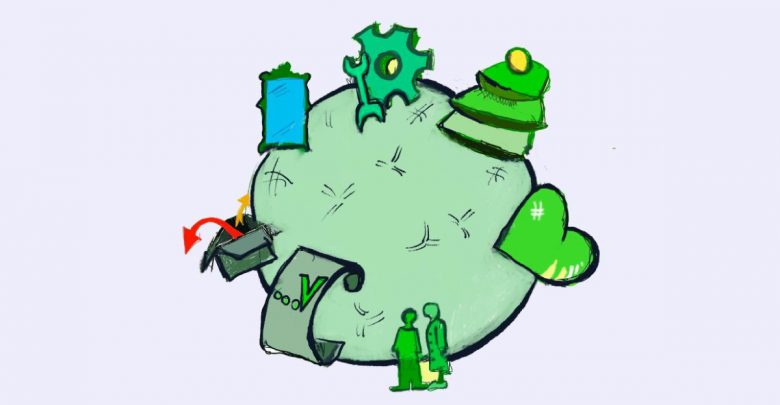Assessing one’s own learning achievements and competences
Assessing one’s own learning achievements and competences
-
Why? The importance of drawing (both formal drafting and informal sketching) during the process of mechanical design is super important, according to DAVID G. ULLMAN, STEPHEN WOOD and DAVID CRAIG in their study THE IMPORTANCE OF DRAWING IN THE MECHANICAL DESIGN PROCESS. It supports creativity and allows you to discover new connections and understandings. Drawing is a way to reach…
Read More » -
Why did I choose this tool? The term “competence” got into our everyday language of educators, trainers and youth workers. It is important to understand what “competence” means. How does this apply to a trainer? Our understanding of competence defines us as learners. The competence is strictly connected to learning-to-learn category. Content: Competency Based Education (CBE) is a visible trend…
Read More » -
Why did I choose this tool? Reflection is a natural process which happens anyway, we can’t ignore it or skip it when analyzing the competence learning to learn. The question would be: how could we reflect to maximize our personal development? How does this apply to being a trainer? Being in a field of non-formal education we are obligated to…
Read More » -
Why did I choose this tool? The labyrinth itself is a great developmental tool, from its construction, going through it, to its deconstruction. How does this apply to being a trainer? ‘Effectiveness as a learner hinges on the ability to be versatile as a learner. To have a rich view of learning and a learning orientation which is in turn…
Read More » -
Why did I choose this tool? Moving from being a tacit to being a reflective learner involves ‘learning how to learn’ competence. How does this apply to being a trainer? Learning needs to be made an object of attention, reflection, conversation and evaluation in every field of education, and predominantly in non-formal education. It is crucial for a trainer to…
Read More » -
Why did I choose this tool? I find scaling and minimizing/maximizing techniques extremely helpful in personal development. These techniques are easy to use and the outcomes are very clear. What is most important, those tools don’t consume much time. How does this apply to being a trainer? It happens that trainers rarely evaluate their performance regularly and strategically. One of…
Read More » -
Why did I choose this tool? An important part of developing the competence to be able to assess one’s own learning achievements and competences is recognizing that making mistakes is a necessary and important constituent of any learning experience. Trainers learn about the significance of making mistakes in learning and not being afraid of making mistakes in front of others…
Read More » -
Why did I choose this tool? This article invites us for creative exploration through visual images. How does this apply to a trainer? The trainer needs to be equipped with different tools which require different expressions. This exercise calls for unconventional exploration. The trainer would need to work actively, to draw and analyze, while at the same time discover himself…
Read More » -
Why did I choose this tool? Emotional balance seems one of the core aspects of a healthy well-being. By analyzing aspects of our everyday life, we can come up with new ideas for improvement of our mental and body well-being. How does this apply to being a trainer? Mental well-being can be described as a combination of how we feel…
Read More » -
Why this tool? To raise awareness of the most important learning experiences in one’s biography. Make a list of the main influencing factors and events in one’s life and the topics that were the most instrumental in forming one’s personal development including influences from personal situations (friends, honorary posts, community involvement, voluntary work) as well as work. Why is this…
Read More »









